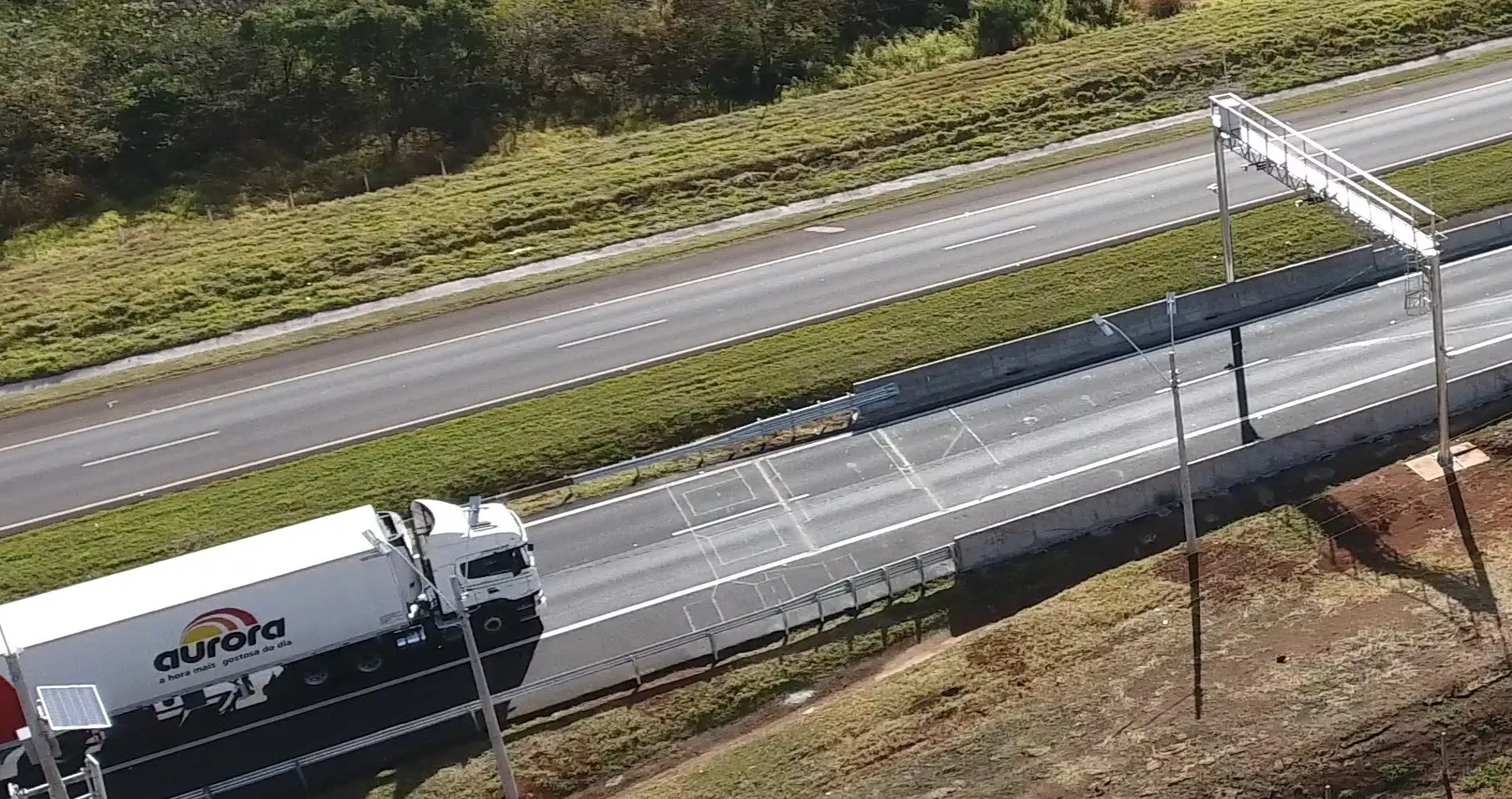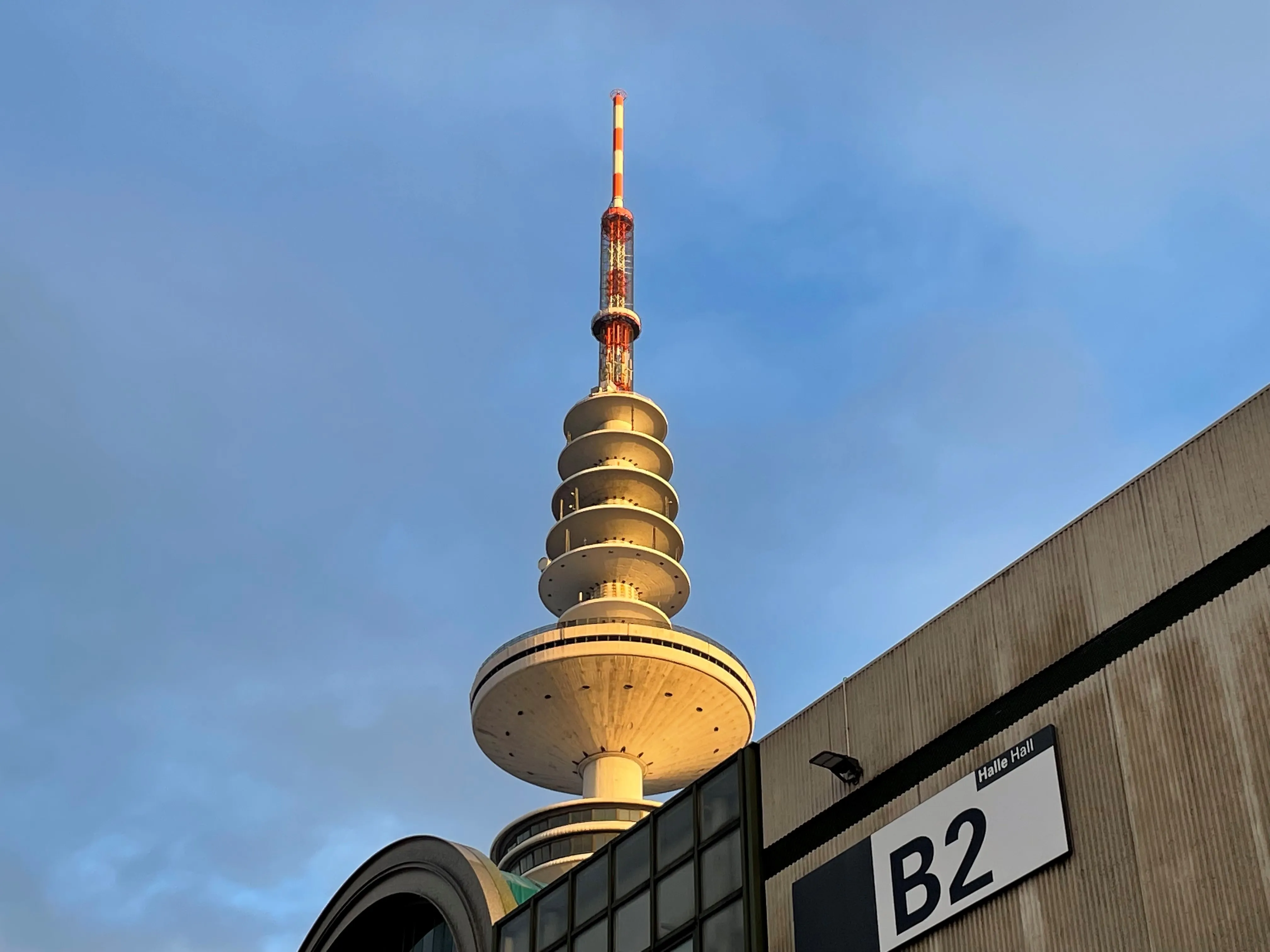The Czech Metrology Institute (CMI) has approved a Weigh in Motion (WiM) system from
Kistler, a measurement technology company, says its KiTraffic system is being used to track and fine overloaded trucks on the D7 Highway from Prague to the north-west of the country.
KiTraffic is comprised of Lineas brand quartz sensors integrated into the road, cameras, hardware and software. If a truck exceeds the weight limit, the system sends the weight and a photograph of the vehicle to the authorities who can then send a standard letter to fine the owner, the company adds.
It was installed in collaboration with system integrator Spel on a new section of the highway. As part of an accuracy test, the team weighed vehicles from categories B (a
Tomas Pospisek, global market development manager for road & traffic EMEA at Kistler, says: “This error margin is factored in by the system to make sure no vehicle is fined incorrectly.”
The WiM system was certified by the International Organisation of Legal Metrology (OIML) and the Swiss Federal Institute for Metrology.
“There is currently no pan-European certificate for WiM systems. However, having already obtained a more general measuring certificate, the OIML helped us to get approved in the Czech Republic,” Pospisek continues. “This meant we were able to skip some tests and save time.”
Looking ahead, Kistler is hoping to open 15 WiM stations on Czech highways.
Kistler installs WiM system on Czech highway
The Czech Metrology Institute (CMI) has approved a Weigh in Motion (WiM) system from Kistler to help prevent road damage from trucks.
Kistler, a measurement technology company, says its KiTraffic system is being used to track and fine overloaded trucks on the D7 Highway from Prague to the north-west of the country.
KiTraffic is comprised of Lineas brand quartz sensors integrated into the road, cameras, hardware and software. If a truck exceeds the weight limit, the system sends the weight and a photograph
September 23, 2019
Read time: 2 mins










